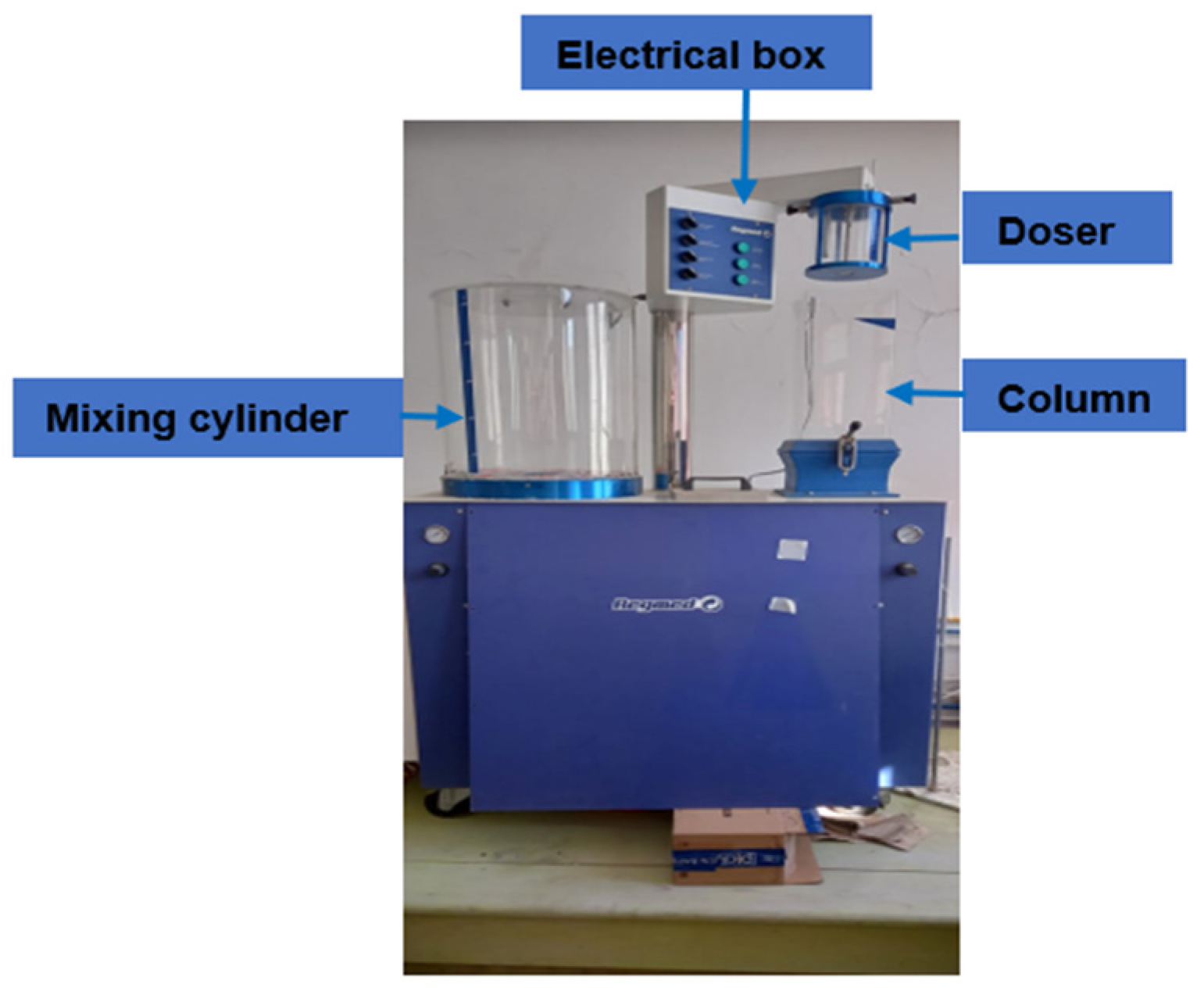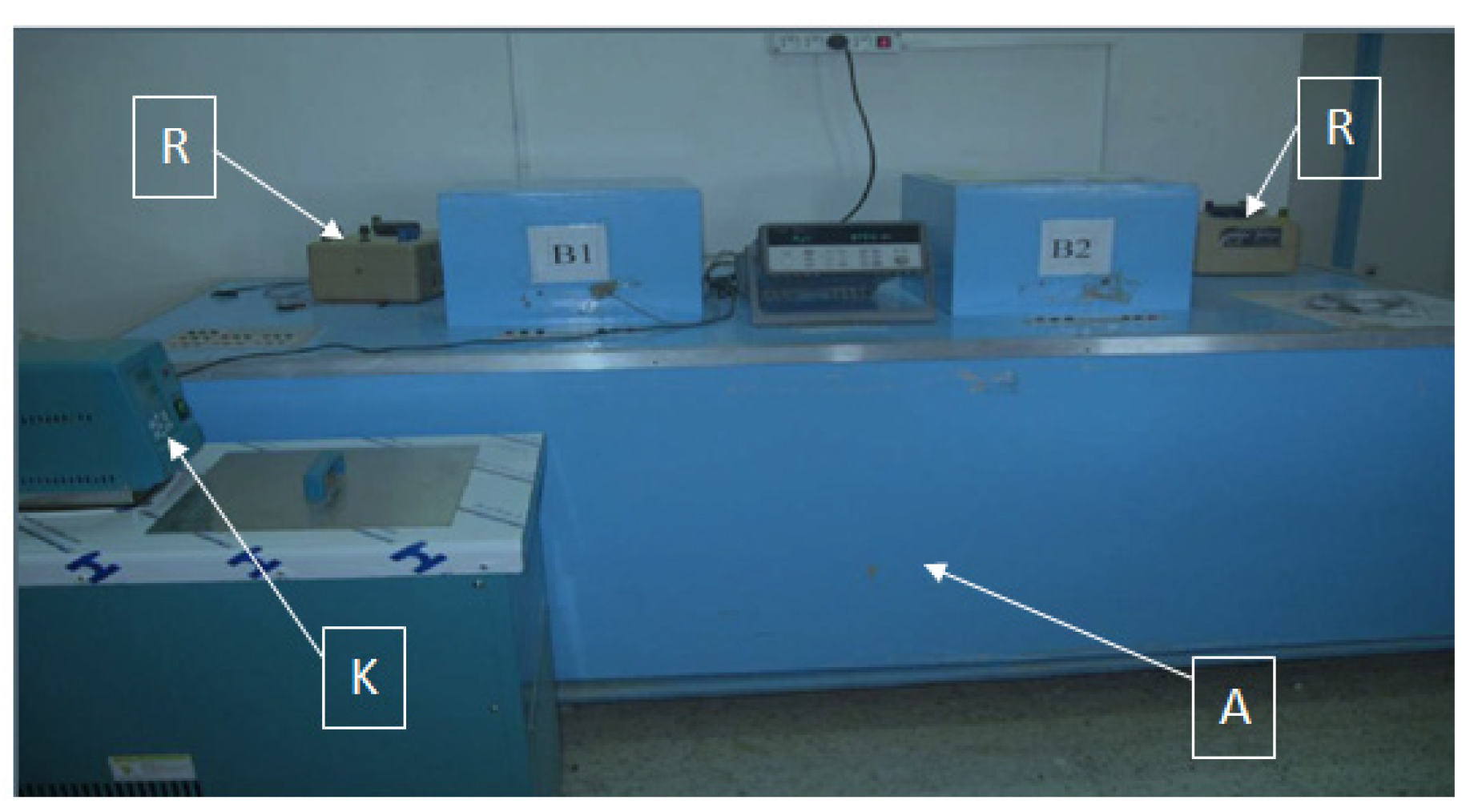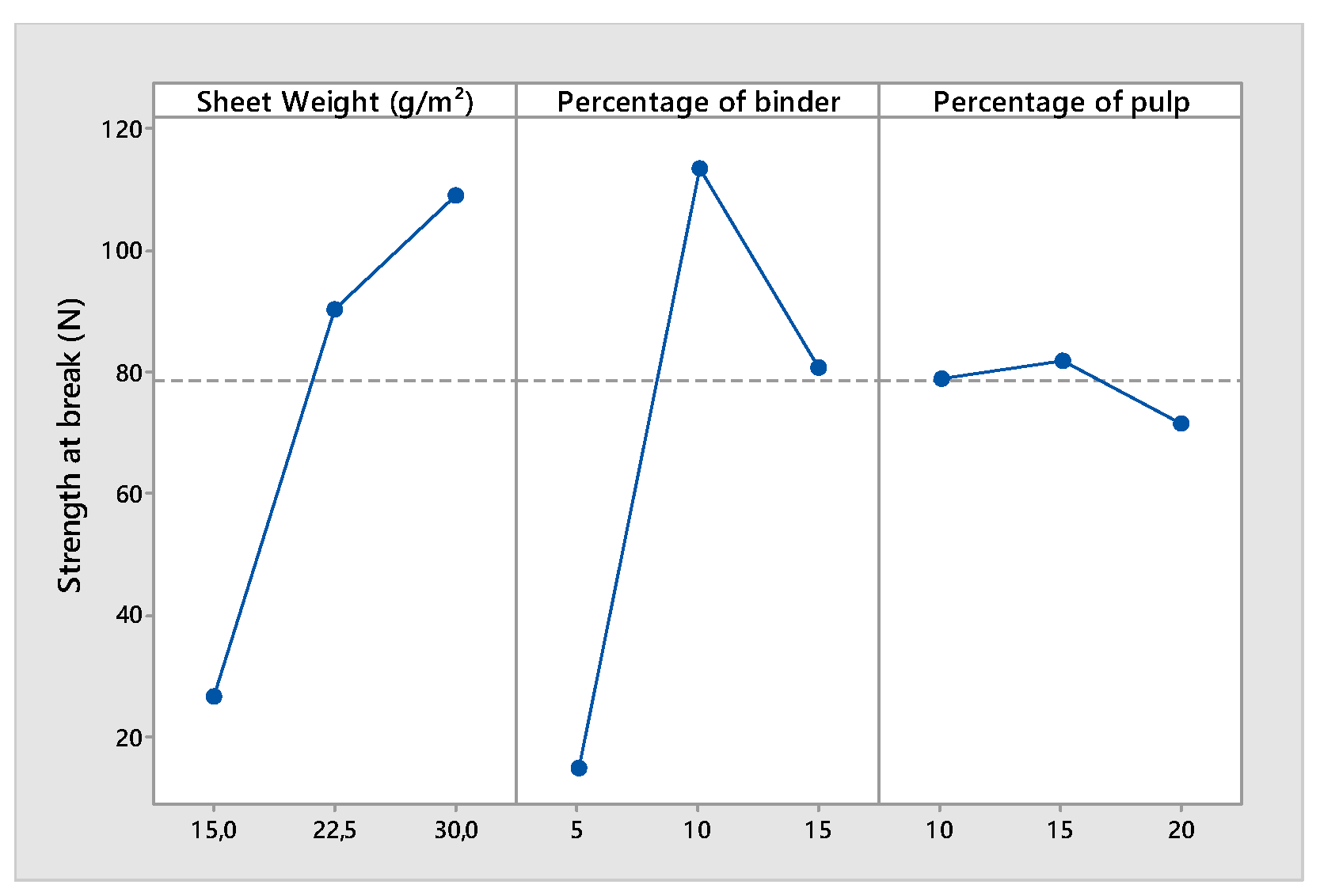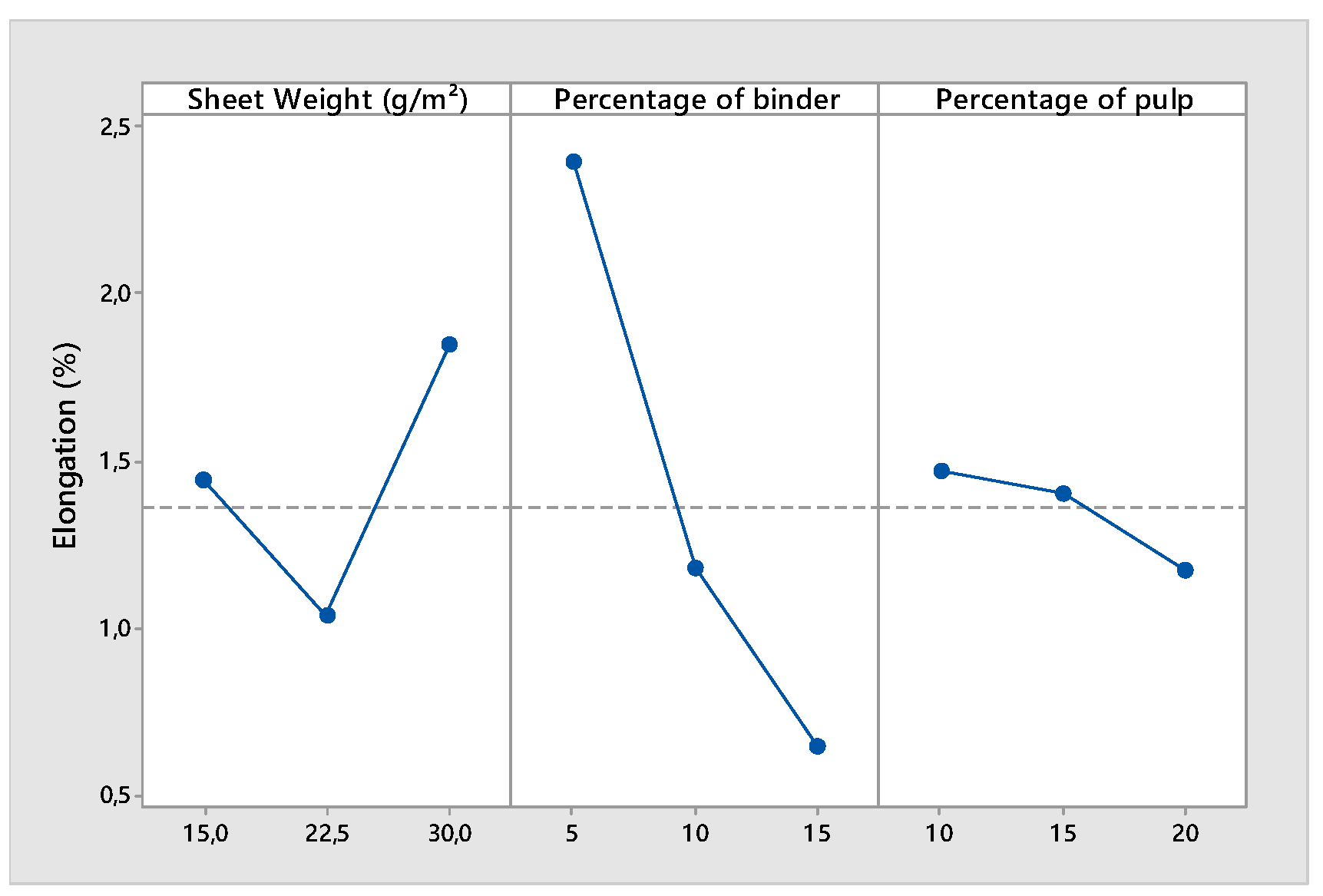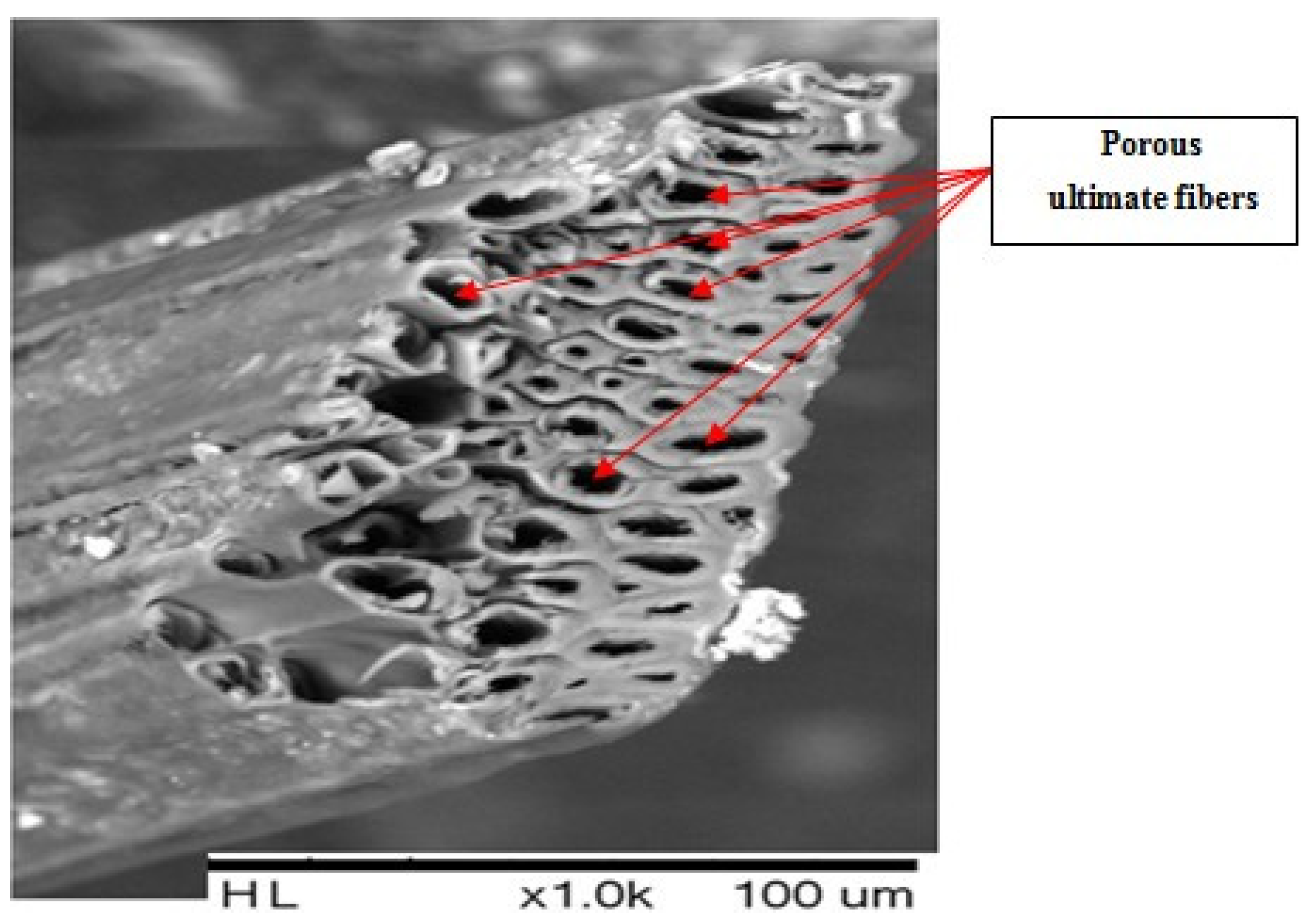2.1. Development of the Wet Nonwoven Fabric from Posidonia
Posidonia waste was collected from Hergla beach in Tunisia. It was first prepared manually, then passed through a horizontal opener. One of our main objectives was to use an environmentally friendly and economic process for the separation operation.
Two kinds of fiber were obtained after the opening process:
1. Technical fibers (length greater than 2 mm);
2. Posidonia pulp (length less than 2 mm).
The principle of producing wet nonwovens is very similar to the principle of paper manufacturing. The materials used were Posidonia technical fibers, Posidonia pulp, and a CMC binder. The characteristics of the Posidonia technical fibers and pulp are summarized in
Table 1. The carboxymethylcellulose (CMC) binder used in our case has a chemical formula of C
6H
7O
2(OH)
2CH
2COONa, a molecular weight of 263.1976 g/mol, and a degree of substitution of 1. CMC is an environmentally friendly polymer material. The nonwoven produced can be considered as a bioproduct.
The characteristics of the different components are summarized in
Table 1:
- -
The average lengths of both the technical fibers and pulp were determined using an optical microscope, Leica, in accordance with the French standard NF G 07-009 (1983);
- -
The average diameters of both the technical fibers and pulp were measured according to the projection microscope method. This is the reference method for determining the diameter of wool samples in accordance with standard NF G 07-004 (1983). The device used was a Leica-type optical microscope;
- -
The crystalline index of the fibers was calculated using the equation
[
4], where
Crl (%) is the crystalline index;
I002 is the maximum intensity of the 002 lattice diffraction plane at a 2θ angle between 22°and 23°;
Iam is the intensity diffraction at an angle 2θ close to 18° representing amorphous materials in plant fibers. Theses parameters were determined using an X-ray diffraction (XRD) device.
A scanning electron microscope (SEM) was employed to determine the cross-sectional view of the Posidonia technical fiber with a magnification of 1000. The microscope used was a TM3000 Hitachi type.
The manufacture of the nonwoven fabrics was carried out using an automatic “Sheet Maker” machine (
Figure 1).
The process comprises the following four steps:
- -
Preparation of aqueous suspensions = Phase 1;
- -
Forming the sheet = Phase 2;
- -
Dewatering = Phase 3;
- -
Drying = Phase 4.
This manufacturing process was inspired by the one carried out by Hansen et al. [
16]. We attempted to satisfy the major requirements for the manufacturing of a wet-laid nonwoven (web preparation, web forming, web bonding, and drying). In fact, a comparative study was carried out, and all the samples were produced and tested in the same conditions with different phases, detailed as follows.
Phase 1: The fibrous suspensions were prepared in a 50 L-capacity reservoir (mixing cylinder), which made it possible to have a homogeneous suspension by agitation of the water–fiber mixture.
In our case, we used 12 g of fiber mixture of dry Posidonia and its paste, which was suspended in 20 L of water. The concentration of the solution was determined by dividing the mass of the fiber by the total volume of water. In our experiment, C = 0.8 g/L.
The basis weight of the formed sheet is given by the following formula:
where:
M = the mass of the material in g;
G = the desired basis weight of the sheet formed in g/m−2;
V = the volume of water to be added to the tank in L.
Phase 2: The sheet’s formation involved transferring a volume of 1 L of fibrous suspension from the mixing cylinder to the metering device (or doser). Then, the suspension was delivered to the subsequent stage “formation column of the sail” in a controlled and dosed manner; the suspension distribution was carried out on a metallic sieve.
Phase 3: To separate the fibers from the water in which they were bathing, it was necessary to aspirate the fibers under the fabric by a suction system. This machine was equipped with suction nozzles located underneath the sieve, which ensured the removal of the residual water. Thereafter, the nonwovens were set to dry. The obtained nonwovens were set between two plates and put in an oven for 1 h at a temperature of 105 °C.
Phase 4: After drying, the nonwovens were immersed in a CMC binder solution with a well-defined concentration. Thereafter, the nonwovens were dried at room temperature and subjected to a certain pressure by means of a forming press at a temperature of 150 °C for 90 s.
A sample of the nonwovens produced is shown in
Figure 2.
2.3. Design of Experiments
The nonwoven wet-laid properties were affected by the following [
18]:
Fibers, pulp, and binder properties P1;
Manufacturing process parameters P2;
Web characteristics (web density, fiber, pulp, and binder ratio) P3.
Because we aimed to develop a new product, we opted to fix P1 and P2 and to vary P3. For the web characteristics, three factors were studied:
To study the effect of the web characteristics on the strength and on the physical and mechanical properties of the nonwoven, we used a Box–Behnken surface design plan with 3 factors and a total of 15 experiments. A Box–Behnken design is a plan in which all the design points are at the center of the design and centered on the edges of the cube, equidistant from the center. Key features of this design are as follows:
It allows efficient estimation of quadratic terms in a regression model;
It usually consists of fewer design points and, therefore, is less expensive to run than central composite designs.
Our regression model can be estimated by the following Equation (1):
where Y is the response of the dependent variable (air permeability, strength at break and elongation); X
S.W, X
B and X
P are the normalized values of S.W, B, and P, respectively; b
0, b
i, and b
ij are unknown characteristic constants estimated from the experimental data.
Table 2 and
Table 3 show the levels of different factors and the absolute and normalized values obtained for the independent variables in the 15 tests required to construct the model.
We chose the ranges of the pulp and binder percentage according to our research based on good practices for nonwoven mills [
17].
After the preliminary study, we found that a maximum sheet weight of 30 g/m2 could be obtained on our machine. When the sheet weight was less than 15 g/m2, the cohesion of the sheet was very low; the obtained nonwoven could not be manipulated at later stages.
